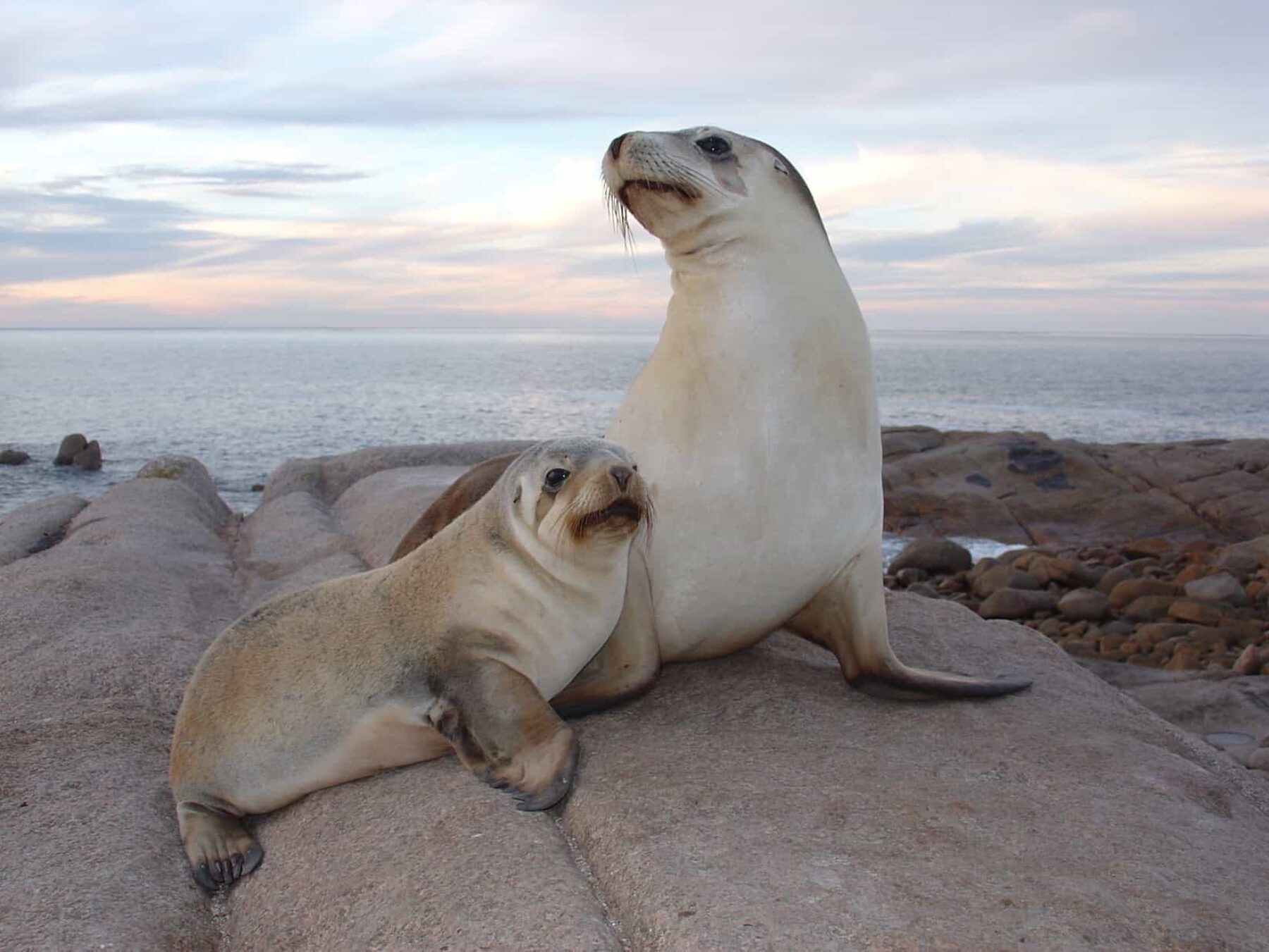Words by Robin Eveleigh August 15, 2024 Conservation Environment Society World Share: The animals in Australia have been fitted with cameras and trackers to capture unprecedented footage of their marine hunting grounds Camera-carrying sea lions have been recruited by conservationists to help map uncharted Australian waters. PhD student Nathan Angelakis from the South Australian Research and Development Institute (SARDI) attached cameras and GPS loggers to Australian sea lions from colonies in Olive Island and Seal Bay. The animals can access out-of-reach habitats and cover larger areas more quickly than traditional survey vessels, offering a unique insight into marine environments from the perspective of an ocean predator.
Solutions every Saturday Uplift your inbox with our weekly newsletter. Positive News editors select the week’s top stories of progress, bringing you the essential briefing about what's going right. Sign up “ The sea lions explored unmapped areas of the ocean, found new reefs, and revealed amazing diverse habitats on the seafloor,” said Angelakis.

“This information will be crucial for conserving and managing their populations into the future. Habitats and areas that are valuable to Australian sea lions may also be important to other key marine species as well.” Australian sea lion populations have dwindled by 60% over the past 40 years.
A sea lion mother and pup. The project will give a unique insight into marine environments from a predator's perspective Angelakis used lightweight cameras glued to neoprene wetsuit material, which in turn was glued to the fur of female sea lions. The cameras were removed after between two and six days at sea, when the females returned to feed their pups.
Analysis of the captured footage revealed preferred hunting methods and locations, and even individuals’ tastes: some preferred a meal of cod, for example, while others favoured cuttlefish. The sea lions explored unmapped areas of the ocean, found new reefs, and revealed amazing diverse habitats on the seafloor Favoured habitats include lush kelp reefs, dense sponge gardens and bare, sandy plains. The data gleaned from the project will be used by SARDI to inform conservation efforts and marine reserve management.
Angelakis said: “Improving our understanding of how seafloor habitats function, and how human activity may change them, will be crucial if we are to protect these vital ecosystems in the future.” Angelakis used lightweight cameras glued to neoprene wetsuit material, which in turn was glued to the fur of female sea lions The facts: 8 sea lion assistants recruited 1,935 sea lion dives performed 89 hours of video captured across 560km 5,000 sq km of habitat mapped Be part of the solution Positive News is helping more people than ever to get a balanced and uplifting view of the world. While doom and gloom dominates other news outlets, our solutions journalism exists to support your wellbeing and empower you to make a difference towards a better future.
But our reporting has a cost and, as an independent, not-for-profit media organisation, we rely on the financial backing of our readers. If you value what we do and can afford to, please get behind our team with a regular or one-off contribution. Give once from just £1, or join 1,400+ others who contribute an average of £3 or more per month.
You’ll be directly funding the production and sharing of our stories – helping our solutions journalism to benefit many more people. Join our community today, and together, we’ll change the news for good. Support Positive News.



















